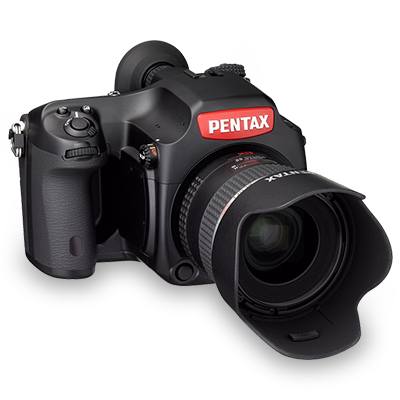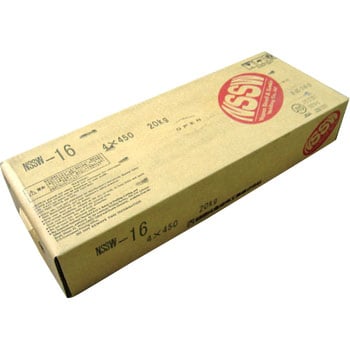

The first 35mm camera was the Ricolet, released the same year, followed by various viewfinder and rangefinder cameras. The subsidiary Asahi Seimitsu was merged into Riken Kōgaku Kōgyō in April 1953, and all subsequent camera activity took place in the main company. The company made almost no attempt to produce bellows camera, except for the Ricoh Six in 1952. It was the first of various geared-lens Ricohflex models, which met a large success on the domestic and export markets, and initiated the 1950s "TLR boom" in Japan. Work on an improved version of the wartime Ricohflex B TLR camera started immediately after the war, and the resulting Ricohflex III was launched in 1950. The main designer was Fujimoto Sakae, who previously worked for another major camera maker, and who made efforts to prepare the factory for mass production. Asahi Musen soon became Asahi Seimitsu Kōgyō (旭精密工業, meaning Asahi Precision Industries), which was in charge of all the camera development and manufacture in the late 1940s and early 1950s, in the Magome plant. Īfter the war, the subsidiary Asahi Musen introduced the Steky in 1947. Part of the optical division was transferred to Asahi Musen at the time, apparently including the camera department, to preserve the know-how. The production and sales of cameras was stopped during the war, perhaps around 1942 or 1943. In 1942, the two companies Riken Kōgaku Kōgyō and Asahi Musen Kōgyō left the Riken Foundation which was the last link remaining between the Riken Institute and its offshoot companies. In addition to cameras and optical products, it was making wireless equipment. Its factory was in Magome, Tokyo, at the location of Ricoh's current headquarters. (旭無線工業㈱, meaning Asahi Wireless Co., Ltd.). In 1941, the subsidiary Asahi Kōgaku Kōgyō became Asahi Musen Kōgyō K.K. Riken sold a few lenses to other manufacturers as well. The subcontracted models were sold with lenses and shutters made by Riken, but the degree of involvement of the company in the assembly of these cameras is unknown.

Riken also sold cameras made by various subcontractors, whose identity is not always known. The Olympic Camera Club established by Asahi was turned into the Ricoh Camera Club (理光カメラクラブ), and its magazine Shinkō Graph (新光グラフ) was taken over by the parent company. In parallel, Riken Kōgaku Kōgyō gradually took over the distribution of the cameras made by Asahi Kōgaku Kōgyō. Leaflet by Riken Kōgaku Kōgyō, c.1939, showing Olympic products by Asahi Kōgaku Kōgyō. The camera was produced in the Ōji plant, and was followed by the Ricohl, Roico, Ricohflex B, Gaica or Kinsi before the production was ended by the war. The same year, it announced the Riken No.1, a 3×4cm camera with focal-plane shutter, which was actually released in 1939 as the Gokoku. (理研光学工業㈱, meaning Riken Optical Industries Co., Ltd.). In March 1938, Riken Kankōshi itself became Riken Kōgaku Kōgyō K.K. In November, Riken reorganized these into the dependent company Asahi Kōgaku Kōgyō (unrelated to the other Asahi Kōgaku predecessor of Pentax), which would continue the production of bakelite cameras and leaf shutters in a semi-independent way. This company had started the distribution of Olympic cameras in 1934 and released the Super Olympic in 1935 or 1936. In 1937, Riken Kankōshi bought the company Asahi Bussan and its associated manufacturing facility, producer of the Olympic and Super Olympic cameras. The factory was located in Ōji (王子), Tokyo. (理研感光紙㈱, meaning Riken Sensitized Paper Co Ltd) and was placed under the responsibility of Ichimura Kiyoshi (市村清), who is thus considered as the founder of today's Ricoh.

6, 1936, the photographic paper division became Riken Kankōshi K.K. (理化学興業㈱, meaning Physico-Chemical Development Co., Ltd.) to market products derived from the research of the institute. In 1927 was created the Rikagaku Kōgyō K.K. The Riken research institute (abreviation of Rikagaku Kenkyūjo, 理化学研究所, meaning Physico-Chemical Research Institute) and the Riken foundation exist since 1917. 10 Riken or Ricoh lenses mounted on other cameras.


 0 kommentar(er)
0 kommentar(er)
